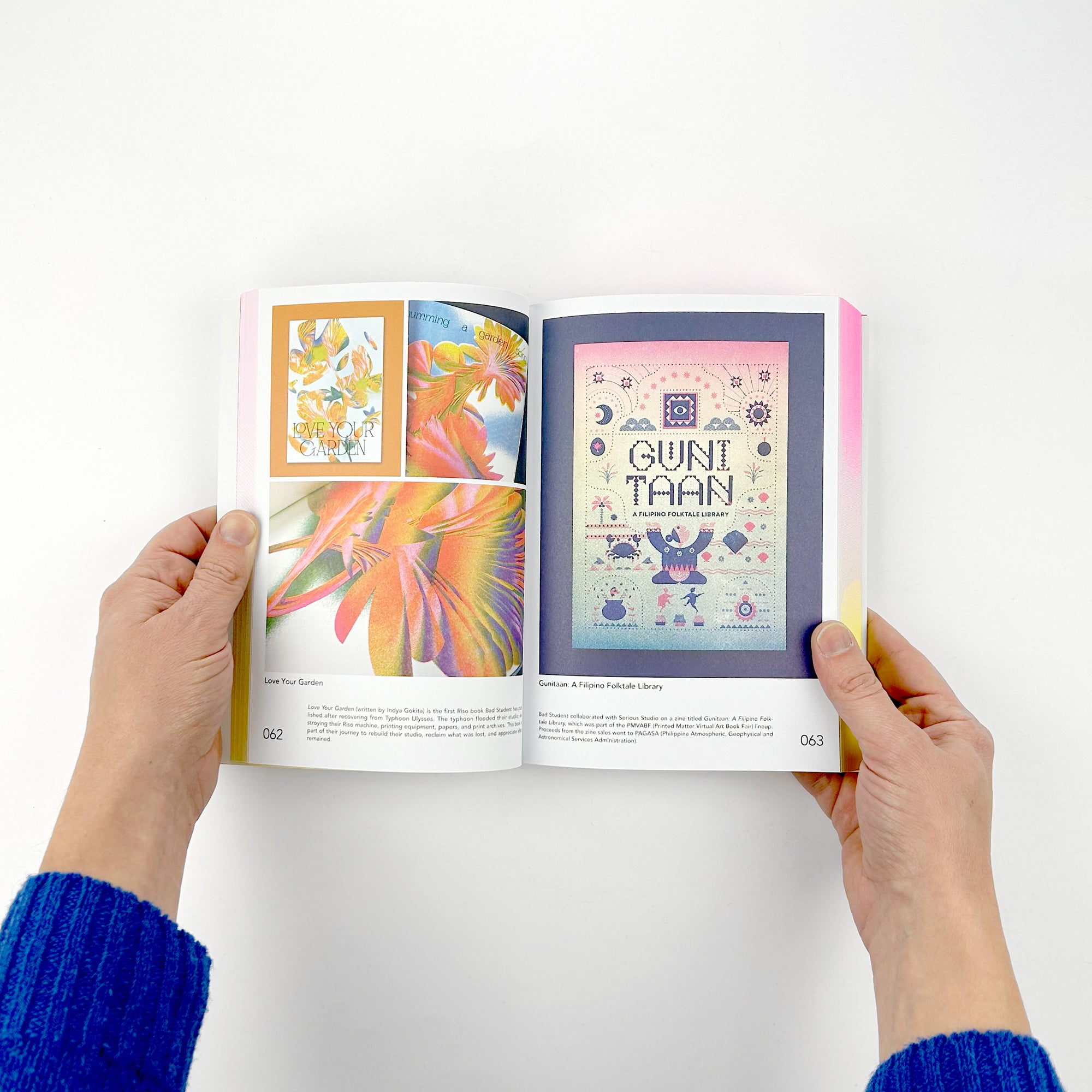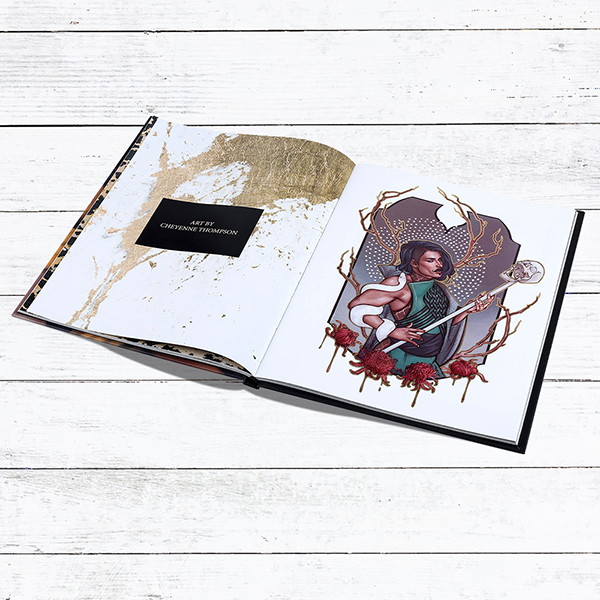Why Paper Texture Matters in Your art book Printing
Why Paper Texture Matters in Your art book Printing
Blog Article
Comprehending the Refine Behind High-grade Art Book Printing for Art Fanatics
When it involves top notch art book printing, comprehending the intricacies of the process can raise your appreciation for the end product. You might not realize how important paper option and ink selections are to the vibrancy of artwork. Each aspect plays a significant duty in achieving the wanted effect. As you check out the various elements of art book printing, you'll reveal insights that might change your point of view on art conservation and presentation.
The Value of Paper Selection in Art Book Printing
When it pertains to art book printing, the selection of paper can make or break the final item. You want your artwork to beam, and the best paper improves shade vibrancy and information. Consider aspects like weight, appearance, and finish; these aspects significantly influence just how readers view your job.
For instance, a much heavier supply conveys high quality and durability, while a distinctive finish can include depth to pictures. Smooth paper is superb for in-depth recreations, allowing fine lines and refined tones to show up crisp.
Don't neglect regarding the paper's brightness; a brighter sheet can assist colors pop, making your art more distinctive. You'll also intend to think regarding just how the paper communicates with inks and whether it can take care of the printing process without contorting or bleed-through. Ultimately, choosing the appropriate paper establishes the phase for your art, guaranteeing it records the target market's focus simply as you envisioned.
Choosing the Right Inks for Dynamic Recreations
Choosing the right inks is just as vital as choosing top quality paper to accomplish dynamic recreations in your art book. When you're publishing art work, you want shades that stand out and precisely represent the original item. Go with inks with a high pigment focus; these have a tendency to produce richer and much more saturated colors.
You might consider making use of archival inks, which resist fading in time, guaranteeing your art book stays as striking as the day it was printed. If you're collaborating with photos or digitally developed art, pigment-based inks can offer a wider shade gamut, enhancing detail and deepness.
Do not forget the surface! Matte and glossy inks can dramatically modify the appearance of your artwork, so consider the appearance you're intending to achieve - art book. Inevitably, the best ink option complements your paper choice, developing a spectacular aesthetic experience for your readers
The Function of Shade Management in Publish Quality
Shade monitoring plays an essential function in attaining high print quality for your art book. It guarantees that the shades you see on your display convert accurately to the printed web page. Without effective color administration, your vivid artworks might show up plain or distorted, weakening your imaginative vision.
Next off, make use of shade profiles tailored for your printer and paper type. These accounts guide the printer in replicating shades accurately, minimizing disparities between electronic and published versions.
When you prepare your data, consider utilizing a color room like Adobe RGB or CMYK, relying on your printer's requirements. Constantly evidence your work, too; a test print can reveal any possible shade concerns prior to the last run. By focusing on shade monitoring, you guard the honesty of your art, assuring your target market experiences it as you meant.

Comprehending Different Binding Strategies
Accomplishing the best try to find your art book goes beyond shade management; binding strategies additionally play a substantial duty in its total discussion and resilience. You have several alternatives to review, each with its very own special qualities.
If you're aiming for a professional feel, instance binding offers a sturdy choice with a hard cover, excellent for showcasing your artwork. On the other hand, best binding provides a flexible spine while maintaining expenses down, making it a popular selection for softcover publications.
Spiral binding enables your art book to lay level, which is wonderful for showing photos without obstruction. At the same time, saddle stitching is optimal for smaller sized brochures, giving a clean surface without the bulk.
Ultimately, the binding technique you select need to mirror your creative vision and just how you desire readers to engage with your work. Ensure to evaluate these alternatives thoroughly to accomplish the very best end result for your task.
The Influence of Print Size and Layout on Presentation
While the choice of print size and design may appear secondary to content, they significantly influence exactly how your art work is viewed. The measurements of your prints can either improve or lessen the influence of your items. Bigger prints can attract visitors in, permitting them to value detailed information, while smaller sized layouts may need more intimate interaction.

Conservation Strategies for Resilient Art Books
To assure your art books stand the examination of time, it's necessary to implement reliable preservation strategies. Use acid-free storage space boxes or safety sleeves to shield them from dirt and physical damages.
When handling your publications, always wash your hands or Our site use cotton gloves to prevent oils and dirt moving onto the pages. Avoid flexing or wrinkling the spinal columns; instead, use book sustains when displaying them.
For included protection, take into consideration buying archival-quality materials for any kind of repairs or improvements. Frequently examine your collection for signs of wear or damages, addressing issues immediately. By adhering to these easy strategies, you can guarantee your art books stay vivid and obtainable for many years ahead, preserving their appeal and worth for future generations.
Working together With Printers for Ideal Outcomes
When you're prepared to print your art book, selecting the ideal printer is vital to achieving your vision. Clear communication about your expectations and needs will help guarantee that both you and the printer are on the same web page. Allow's discover just how to make this cooperation as smooth and reliable as feasible.
Choosing the Right Printer

Reliable Communication Techniques
Reliable communication is necessary for transforming your art book vision into reality, particularly when teaming up with printers. art book. Start by clearly describing your job's objectives, consisting of design elements, favored products, and any kind of specific printing techniques. Don't think twice to share your ideas and referrals; this aids the printer understand your aesthetic
Be open to comments, as printers commonly have useful insights that can enhance your task. This cooperation will guarantee that your art book fulfills your assumptions and radiates in its final kind.
Often Asked Concerns
What Are Common Blunders to Prevent in Art Book Printing?
When printing your art book, avoid usual errors like poor resolution photos, inaccurate color accounts, and ignoring page layout. Do not fail to remember to proofread and ascertain information to confirm your last product fulfills your assumptions.
How Does Digital Printing Differ From Standard Printing Techniques?
Digital printing utilizes digital documents to produce prints directly, enabling quicker turnaround and customization. On the other hand, traditional approaches involve physical plates, which can be taxing and less adaptable for little runs or one-of-a-kind styles.
What Is the Typical Turn-around Time for Art Book Printing?
The typical turnaround time for art book printing differs, but you can anticipate check it out it to take anywhere from a few weeks to a number of months. Factors like intricacy, amount, and printing method all affect this timeline.
Can I Publish a Restricted Version Art Book Economically?
You can publish a limited edition art book financially by selecting economical products, optimizing print runs, and using electronic printing options. Cautious preparation and budgeting will assist you attain quality without spending too much.
What Are the Ecological Considerations in Art Book Printing?
When thinking about art book printing, you need to consider environmentally friendly products, lasting inks, and energy-efficient procedures (art book). Choosing local printers can likewise lower your carbon footprint, making your project both attractive and environmentally accountable
Report this page